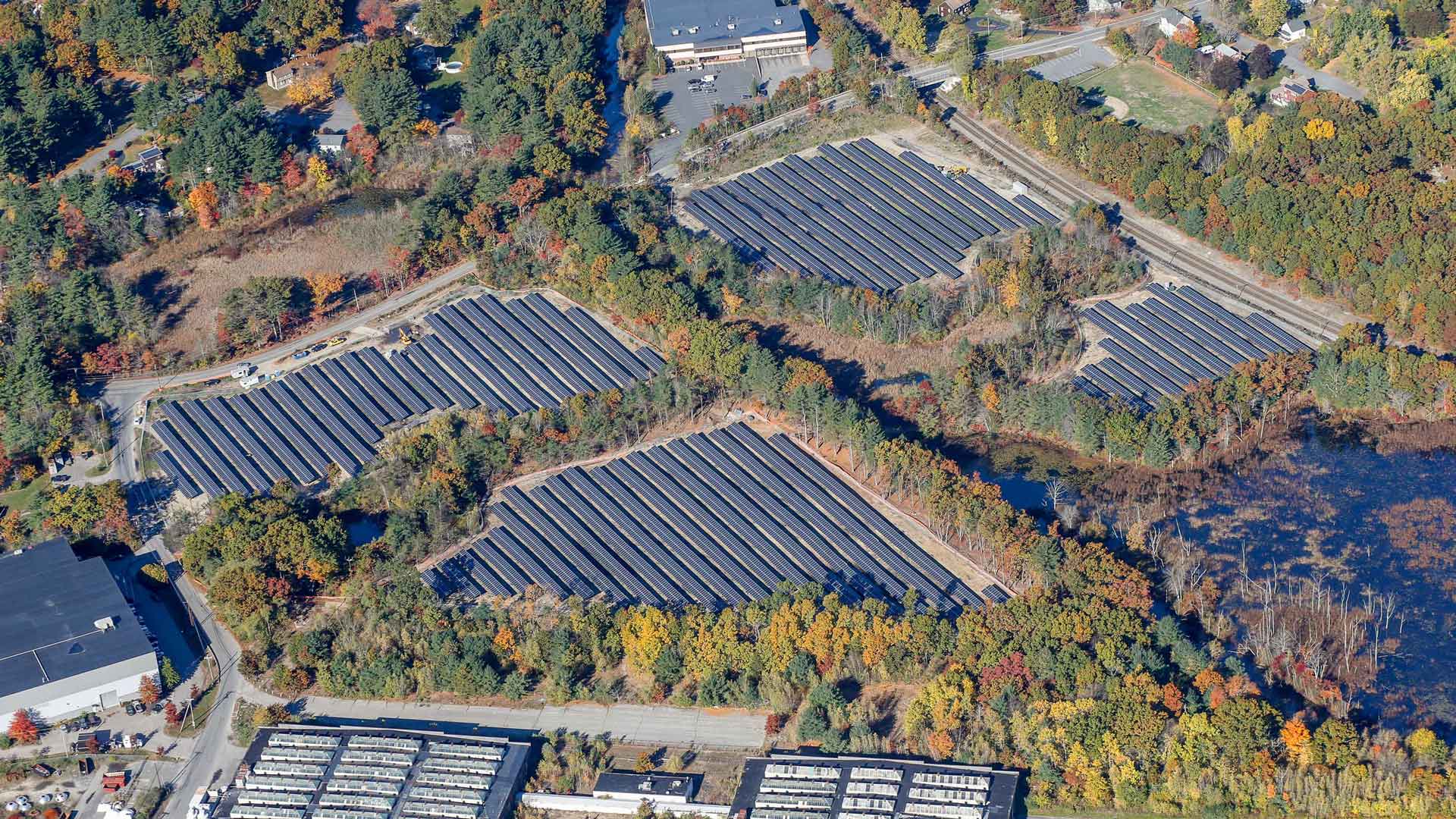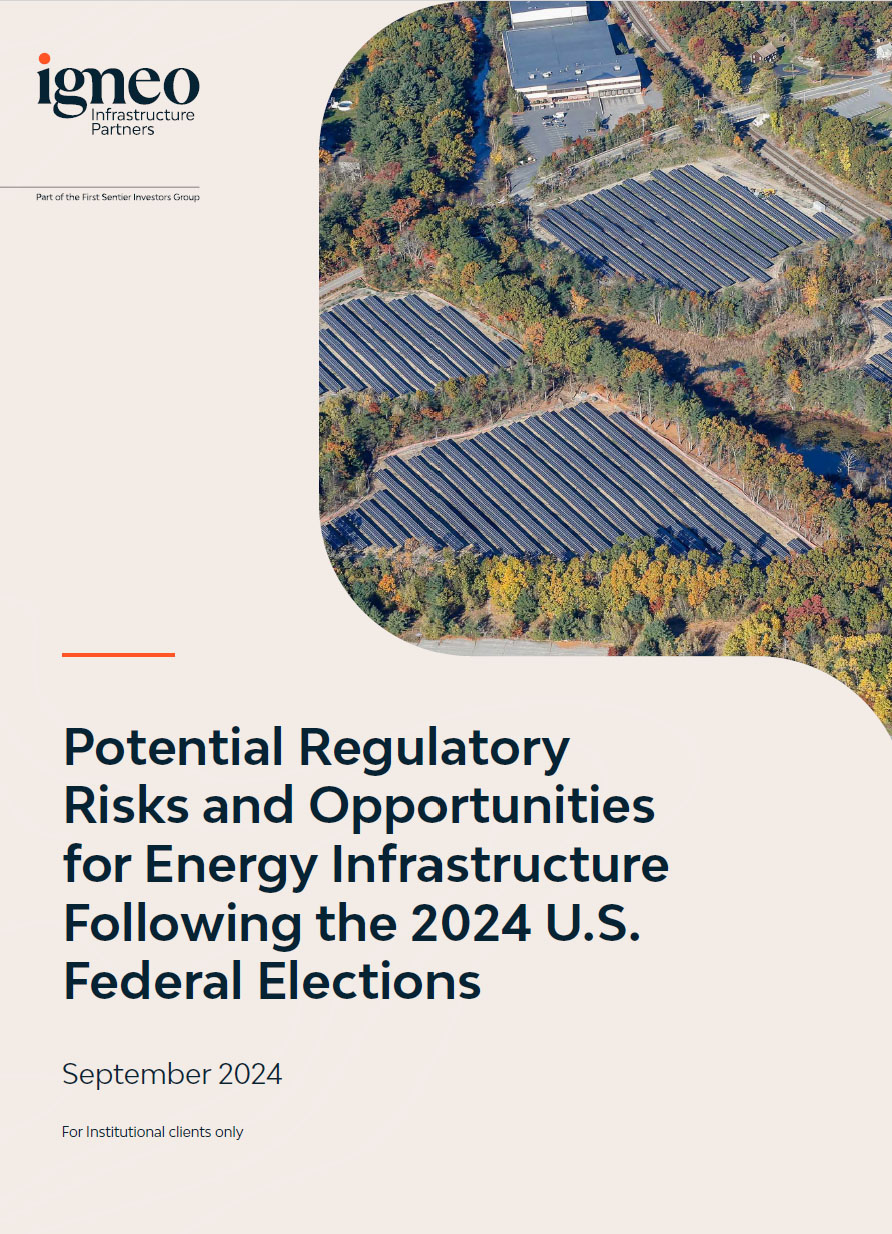
US Election: Potential Regulatory Risks and Opportunities for Energy Infrastructure
September 6, 2024
Download full white paperThe US is at a crossroads ahead of one of the closest contested presidential elections in years. This election has repercussions for every sector of the world’s largest economy and could create significant change depending on whether Donald Trump or Kamala Harris are elected to the White House. Potential impact to the energy infrastructure sector has come into focus during the presidential campaign after historic levels of investment under the Biden administration.
The Biden administration’s flagship policy, the Inflation Reduction Act of 2022 (“IRA”), aims to reduce carbon emissions by around 40 per cent by 2030 through billions of dollars of public and private investments in energy infrastructure, accelerating energy transition in the US1. The climate law has proven highly contentious in recent years with Republican lawmakers challenging the act. During the presidential campaign, speculation has mounted that Trump, if elected, could seek to repeal or modify the IRA, presenting challenges for investors in the space.
This whitepaper details Igneo’s views of how potential outcomes from November’s presidential election could impact the investment landscape as well as the opportunities and threats faced by solar PV developers with respect to manufacturing and supply chain challenges. The research looks at the potential risks and opportunities for investors in US energy infrastructure and what investors can expect based on the outcome of the Presidential race.
"Biden's Inflation Reduction Act aims to reduce carbon emissions by around 40% by 2030 through billions of dollars of public and private investments in energy infrastructure ... speculation has mounted that Trump, if elected, could seek to repeal or modify the Act."
The report finds that a Republican-controlled Congress and White House could potentially result in changes to IRA’s incentives for EV charging, rooftop solar and hydrogen production. However, the analysis concludes that large scale reversal of the core aspects of this legislation is unlikely given it’s “place-based industrial policy” where direct investment has aligned with conservative regions in the US. Similarly, the Infrastructure Investment and Jobs Act is viewed as less likely to be targeted for repeal than the IRA. More broadly, the advancement of climate goals will be informed by this and future election outcomes, and asset managers must remain aware of investors’ sensitivities with respect to climate goals and emissions reporting.
1 U.S. Environmental Protection Agency: Inflation Reduction Act (IRA) Overview



